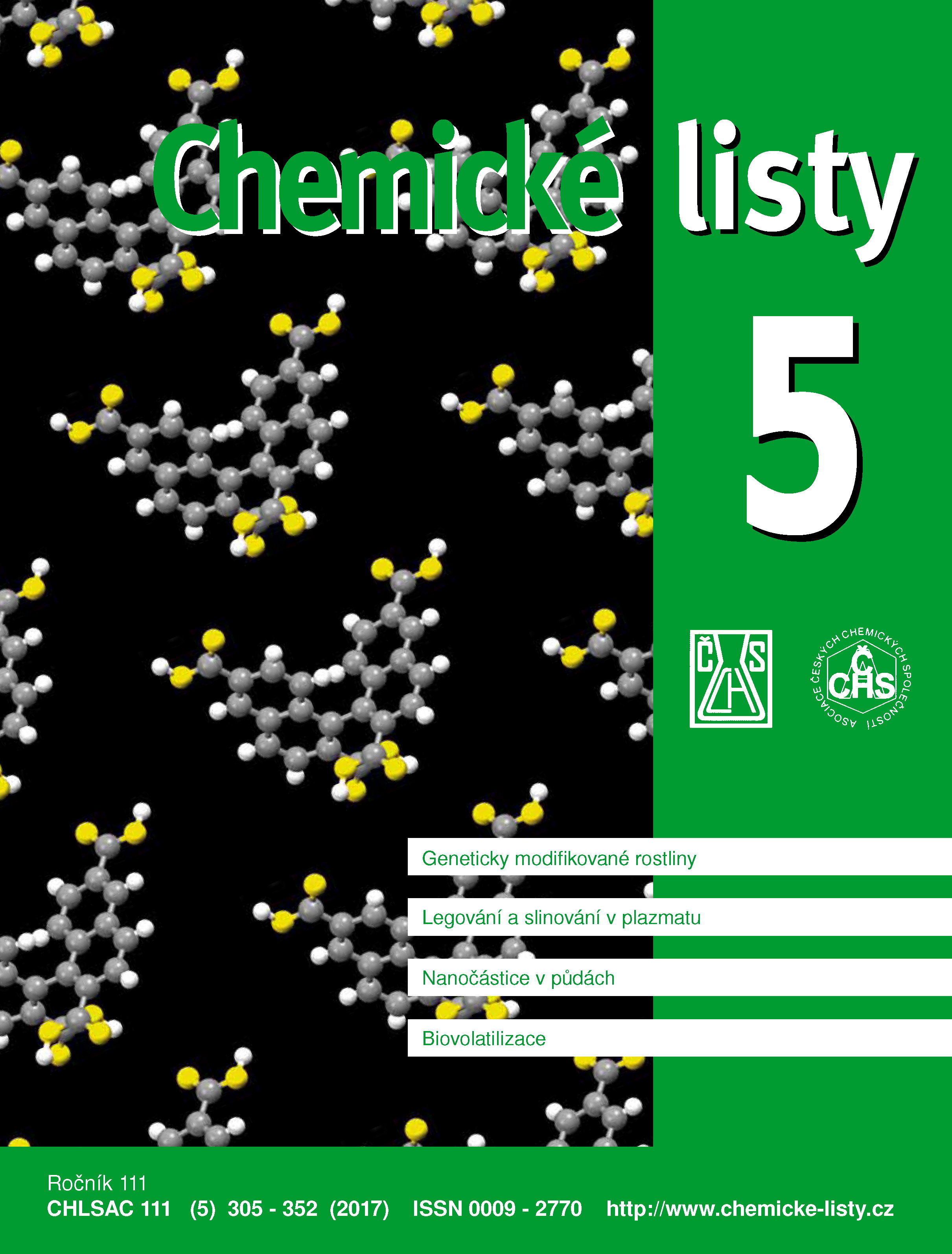Biovolatilization of Potentially Toxic Elements by Microorganisms
Keywords:
biovolatilization, bimethylation, bioalkylationAbstract
This review deals with the current state of knowledge on biovolatilization and biomethylation of potentially toxic elements, which are naturally occurring in the environment. It is almost exclusively microorganisms which are responsible for these processes. Microbes can, through their metabolism, transform potentially toxic elements and influence their distribution. The changes in mobility, toxicity, bioavailability or solubility of the elements caused by microorganisms represent an important part of their biogeochemical cycles. The biomethylation is a process by which methyl groups are directly bonded through a carbon atom to metal or metalloid. The result of this process is a production of volatile or nonvolatile organometal(loid) compounds, which are mostly less toxic than their inorganic forms. The volatile methylated derivatives are excreted readily from cells via biovolatilization. Accordingly, biomethylation and biovolatilization can be considered as the metal(loid) detoxification mechanism of microorganisms and may have a potential for the bioremediation of contaminated habitats.





